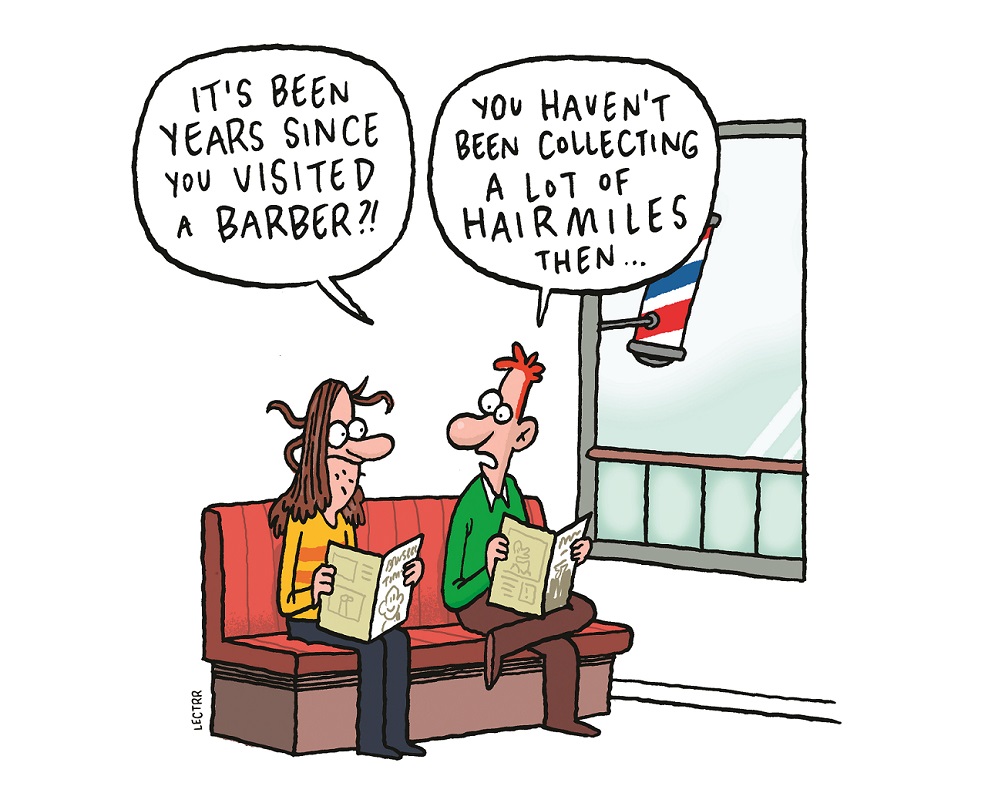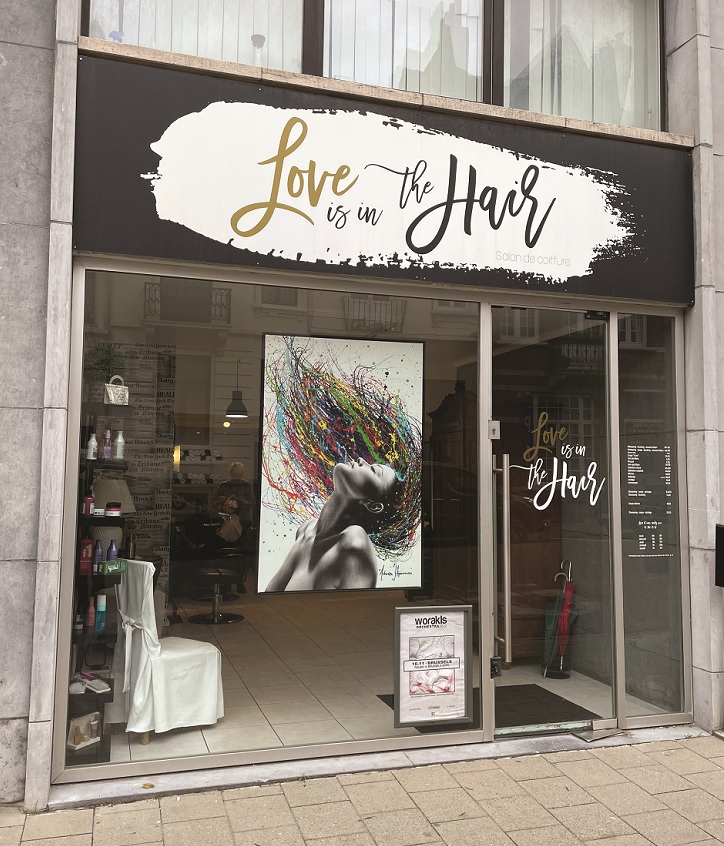I went to a hairdresser the other day for the first time in more than 40 years and my childhood phobia flooded back.
As I poked my head around the door, I could feel the hairs on the back of my neck stand up in expectation of being whisked away as part of a comprehensive scalping by a demon barber wielding cold steel clippers.
This irrational fear is all thanks to Mr Long, the most-inappropriately-named barber in the world. Fred Long, to be precise, cut my dad’s hair and mine from when I was old enough to sit upright in his barber’s chair.
Fred was an ex-military man, whose long white coat was his uniform and whose only haircut menu item was the “short back and sides”. He routinely ploughed his clippers through my then-ginger thatch like a lawnmower.
That was the awful norm at the time, but when The Beatles and The Rolling Stones came along in my late pre-teens, my school friends and I realised there could be another way, a hairier way. Phil May, the lead singer of another landmark group, The Pretty Things, was routinely described on television in the early sixties as having the longest hair in Britain.
That was never going to happen to us, but at our school, the competition among the lads was centred on who could get away with hair covering their ears and touching their shirt collar. Playground-cred reputations depended upon it.
I often pleaded with Fred to at least leave me my long ‘sideboards’, the hair that grows in front of your ears down to the lobes like a fringe extension if you let it. It was the height of fashion at the time, but Fred didn’t let it. He knew my mum would send me back if he did.
So, he and my parents have a lot to answer for: by the time I achieved the tonsorial right to choose, I’d gone off all hairdressers and refused to darken their doors.
The only answer was to cut my hair myself, and I haven’t looked back since, so I don’t know how much of a mess I must appear from behind. There was one lapse when I went to a professional on September 1, 1980. But from that day, it’s been all my own work, and no hairdresser has wielded scissors over my hair.
Hair today, gone tomorrow
Most people say it can’t be done but it can, especially as time passes and there’s less hair to worry about.
The basic rule as a Do-It-Yourself-er is to line up the hair at the nape of the neck, roughly parallel with the top of your shirt and hope that the gap between the two, if you’ve left one, is consistent. The rest is instinct and of course, you can always prune bits off any time you like, without waiting until you look like a hedge.
And that is not counting the financial saving over many decades, which must be considerable, as well as the hours saved not spent sitting in a barber’s chair.
Then the other day, I stepped across a hairdresser’s threshold again, not for a cut, but to make enquiries for this article.
The place has been making me smile for years as I walk past regularly and look up at its splendid name, a fine jeu de mots, and in English. Now it was time to meet and congratulate the owner of Love is in the Hair.
I picked a moment when there were no customers in this women’s salon. The only person inside was the owner herself, standing in front of one of the mirrors, blow-drying her own very fine steel-grey bob.
The walls of Love is in the Hair are papered with images of international newspapers and, in my role as a probing, investigative reporter I fired a series of searching questions: why did she choose the name? And why an English play on words? Maybe in a nod to the 1977 disco hit ‘Love Is In The Air’ by Australian John Paul Young? Or maybe she has a lot of English customers?
She was clearly excited by my interest. She smiled broadly and said that the name pleased her a great deal, that her customers were mostly locals who seemed to like it too, and she was pleased that I was interested enough to consider writing something about it.
And on that note, I bade her farewell, without even asking her name. Admittedly it’s not the most in-depth piece of reporting I’ve ever done in my career, but if the answers are rather limited, that’s entirely my fault: I didn’t fancy being invited inside to sit on a barber’s chair and risk reliving the Fred Long years.
My Dream’s of Friend’s
But I was inspired. Less than five minutes walk from Love is in the Hair, I found myself standing outside a bar/café called Friends, which is diagonally across the road from another bar/café called Dreams.
And this is when attention to details pays off: on the first bar, Friends, is written on the front of the building, but it also has a burgundy awning above the door on which the name is repeated as Friend’s. The apostrophe is obviously a small mistake. But wait!
I look across at Dreams where the name is written on the building, but it has a black awning over the front door on which the name is written as Dream’s.
I was about to enter Friends, or Friend’s, and then Dreams or Dream’s and ask about the discrepancy. But what if the owners haven’t noticed? What if both bars used the same awning fitter, whose English grammar is a bit crap? What if I cause bar wars? What if there’s an obvious reason why the awnings have apostrophes?
I moved on, aware that my reporting was not producing the page-turning reportage that this magazine deserves. While my research is limited and less than scientific, I think I can conclude that some people here in Brussels see some added value in promoting their goods and services in the English language.
But you should get it right, unlike the owner of a cheap gent’s outfitters which opened years ago on Rue Franklin, near the European Commission headquarters.
Clearly the idea was to give a modest business a more exotic flavour by giving it an English name: Loan to Carry Man.
It sounded hip and trendy at first, although the merchandise was anything but. Then one day I realised that someone had picked up a dictionary and produced a garbled translation of Prêt-à-Porter Homme.
The shop closed a year or two ago and I’m still wondering if it would still be in business if it had been called Ready to Wear Man.



